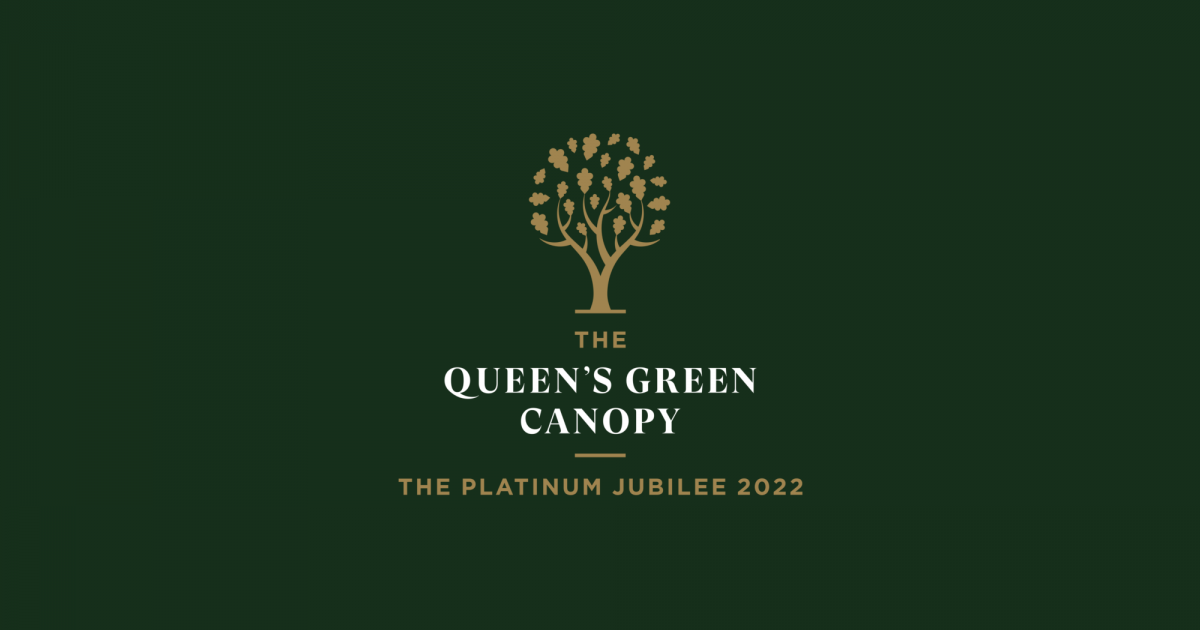Epping Forest, Burnham Beeches and Ashtead Common have been chosen as part of a nationwide network of 70 ancient woodlands to be dedicated to The Queen in celebration of the Platinum Jubilee.
The Queen’s Green Canopy recently announced the network of 70 ancient woodlands and 70 ancient trees across the United Kingdom which will form part of the ‘Ancient Canopy’ to celebrate Her Majesty’s 70 years of service.
The initiative was launched by His Royal Highness The Prince of Wales, who is Patron of The Queen’s Green Canopy.
The Ancient Canopy is an opportunity to protect and appreciate ancient woodlands and trees.
- Ashtead Common, in Surrey, has been a Site of Special Scientific Interest since 1955 due to its diversity of habitats that support a rich variety of wildlife, including breeding birds and rare invertebrates. In 1995 it was declared a National Nature Reserve in recognition of the importance of the site for wildlife, and the commitment of the City of London Corporation to its management. Ashtead Common is primarily a wood pasture landscape with the 200-hectare area of public open space home to over 1,000 living ancient oak pollards. Its natural and cultural heritage are of national importance, the legacy of centuries of interaction between people and the environment.
- Burnham Beeches, in Buckinghamshire, is characterised by a diverse mixture of ancient woodland, wood pasture, coppice, ponds and streams, grassland, mire and heathland. At only a mile square it is like a New Forest in miniature. The site’s most prominent features are the veteran Beech and Oak pollarded trees which provide a stable habitat for many rare and endangered deadwood species. It has been a Site of Special Scientific Interest (SSSI) since 1951, was declared a National Nature Reserve in 1993 and designated as a Special Area of Conservation in 2005. There has probably been woodland on the site since the retreat of the last ice age, but today’s landscape was created by people and their livestock. Burnham Beeches is an exceptional example of an ancient wooded common that was of importance to local people for their wood and grazing land. At one time there were probably nearly 3,000 pollarded trees in the Beeches. Today, the Beeches is one of the best places in Europe for wildlife associated with old beech trees, and the management aims to perpetuate the 500 year old trees while creating a new generation of young pollards, now over 1,000 in total.
- Epping Forest is London and Essex’s largest green space and is known as the green lungs of London, at almost 6,000 acres. The Forest is of national and international conservation importance, containing two registered historic parks, seven listed buildings and three scheduled ancient monuments. More than two thirds of Epping Forest is designated a Site of Special Scientific Interest and a Special Area of Conservation. It is a prime example of a successful urban forest which has flourished even during the great expansion of London – plugged in as it is to the arteries of the Central Line and the London Overground. It has over one million trees, some of which are up to 1,000 years old – including 50,000 ancient pollards of beech, hornbeam and oak. Epping Forest is home to Europe’s largest single population of ancient beech pollards. A former royal hunting forest, it was saved from destruction in the 19th century by the Corporation of London and an act of parliament entrusted the ownership and care of Epping Forest to the City of London Corporation. It was also dedicated as a Queen’s Commonwealth Canopy with a visit by HRH Prince Harry in March 2017.
A Black Mulberry tree in the grounds of the Keats House Museum, Hampstead, has also been dedicated as an ancient tree as part of the Queen’s Green Canopy. The mulberry tree grows in the garden of the house where Romantic poet John Keats wrote some of his most famous poems including ‘Ode to a Nightingale’, said to have been written in the garden.
Ben Murphy, Chair of the City of London Corporation’s Epping Forest and Commons Committee said:
“I am thrilled to have a number of our woodlands celebrated and recognised in the Queen’s Green Canopy.
“The 3 sites are all designated ancient woodlands, which in legal terms means they have existed since at least 1600, but we believe Epping Forest has existed for well over 1,000 years. It is a stark reminder that we are here to protect and conserve the woodlands for many generations to come. It is, however, another great honour which binds the long history between Epping Forest and its Sovereign, together.”
By sharing the stories behind the ancient woodlands and trees, as well as the incredible efforts that are made to protect them, The Queen’s Green Canopy aims to raise awareness of these treasured habitats and the importance of conserving them for future generations.
The City Corporation manages over 11,000 acres of open space in London and south east England, including Epping Forest and Hampstead Heath, and over 200 smaller sites in the Square Mile, investing over £38m a year.
The City Corporation’s green spaces, most of which are charitable trusts, are run at little or no cost to the communities that they serve.
They include important wildlife habitats, Special Areas of Conservation, Sites of Special Scientific Interest, and National Nature Reserves.
They remove around 16,000 tonnes of carbon from the atmosphere a year, equivalent to 44% of the City Corporation’s annual carbon footprint.
They are protected from being built on by special legislation.
ENDS
Kristina Drake| Media Officer, Public Services
City of London Corporation
